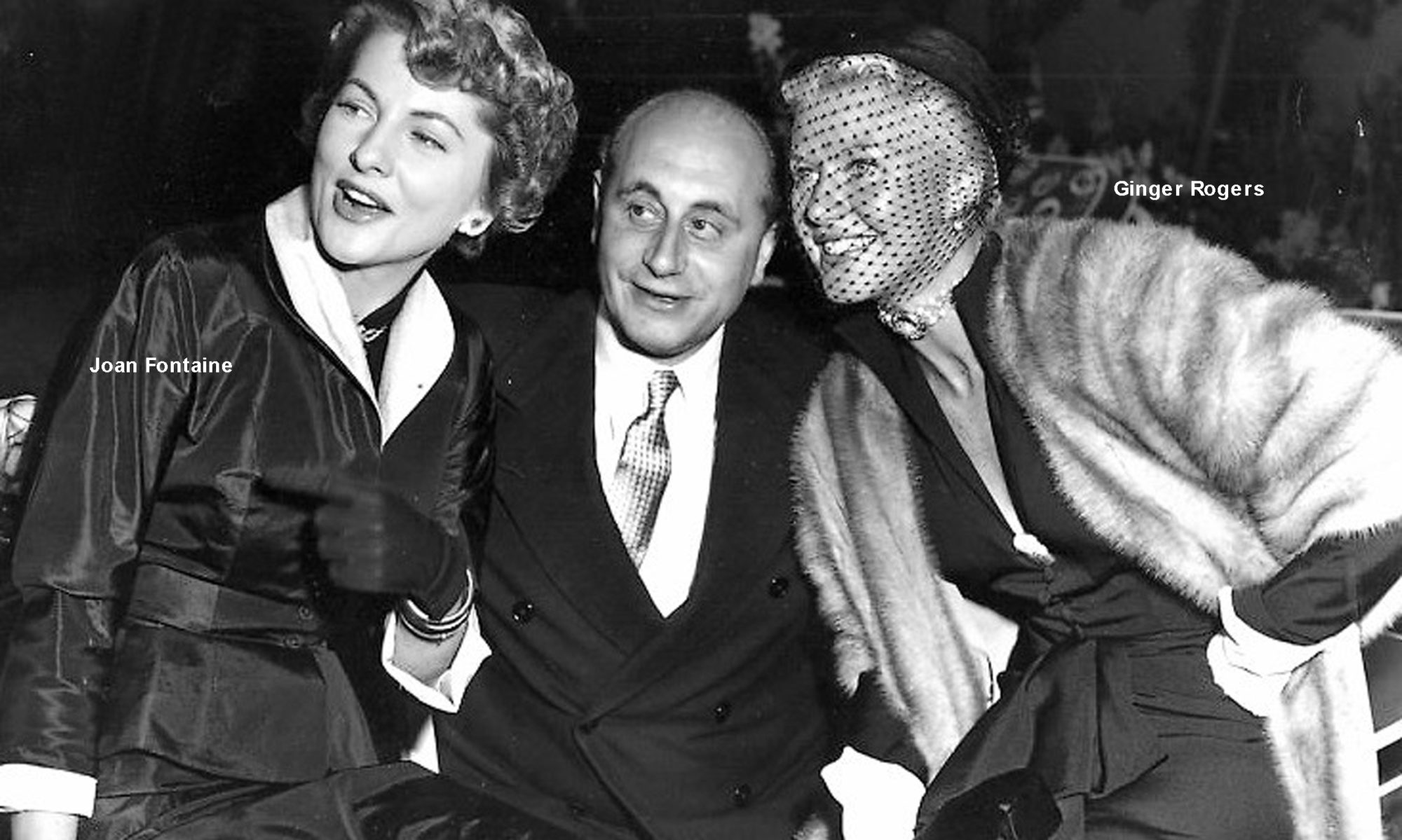
Cinema was where the Elliman Group had begun in entertainment, and it remained there, despite branching into live entertainment. In 1946, they owned 16 cinemas nationwide, and it was to Maurice Elliman that J. Arthur Rank came in search of an Irish outlet for his films. Maurice accepted his offer, and Rank, acquiring a majority interest in the cinemas, reorganized them under Odeon (Ireland) Ltd.
When he reportedly asked who should run the Irish business, Maurice replied: “Who else but my boys?” Louis thus became managing director, adding another 17 cinemas to the franchise in the next two years.
Twelve years later, on May 12, 1958, Louis added film-making to film-screening, bringing film production to Ireland. With Emmet Dalton, former First Clerk to the Irish Senate, Seán Lemass, Ireland’s Minister for Commerce & Industry (and from 1959 195 to 1966 its President), and Ernest Blythe, chairman of Dublin’s Abbey Theatre, he opened a well-equipped Hollywood-style recording theatre at Ardmore in Bray, County Wicklow, 12 miles south of Dublin, giving Irish filmmakers their first opportunity to shoot indoors all year round.

Emmet Dalton 
Sean Lemass 
Ernest Blythe

Ardmore, said Lemass at its official opening, is of “national importance” and a very significant development for the Irish film industry. It aims to employ Irish staff and to provide training in the film industry.” “Opening a film studio is something very, very new in this country, and really we don’t know how to do it,” joked Louis at the launch. “Should we should cut a ribbon, or give someone a key?”
Ardmore produced four films in its maiden year, the first of them an adaptation of Walter Macken’s Home Is the Hero. It was directed by Emmy Award-winning Fielder Cooke at the helm of 130 artistes and technicians.
The following year, Louis and Emmet Dalton went to the US searching for investment beyond the £250,000 they had put in, along with a the State loan of over £200,000. Ireland, they told the Americans, was as an ideal place for producing major films, both scenically and economically, and Ardmore would be the cornerstone of the Irish film production industry. They landed their first major foreign booking with Shake Hands with the Devil, starring Oscar laureate James Cagney and Dana Wynter. In 1960, they filmed Robert Mitchum in A Terrible Beauty, followed in 1961 by The Mark, nominated for a Palme d’Or at the Cannes Film Festival and earning its leading man, Stuart Whitman, an Oscar nomination.
Ardmore’s success, however, was to prove its undoing. With eight films made at the studio in its third year, British exhibitors saw the Irish enterprise threatening British studios, and refused to screen Ardmore films. With overheads rising, and would¬be producers and distributors frightened off, Ardmore went into receivership in 1963.
Periodically revived, Ardmore has been the driving force of the Irish film and television industry, bringing international producers with big-budget projects to Ireland.



